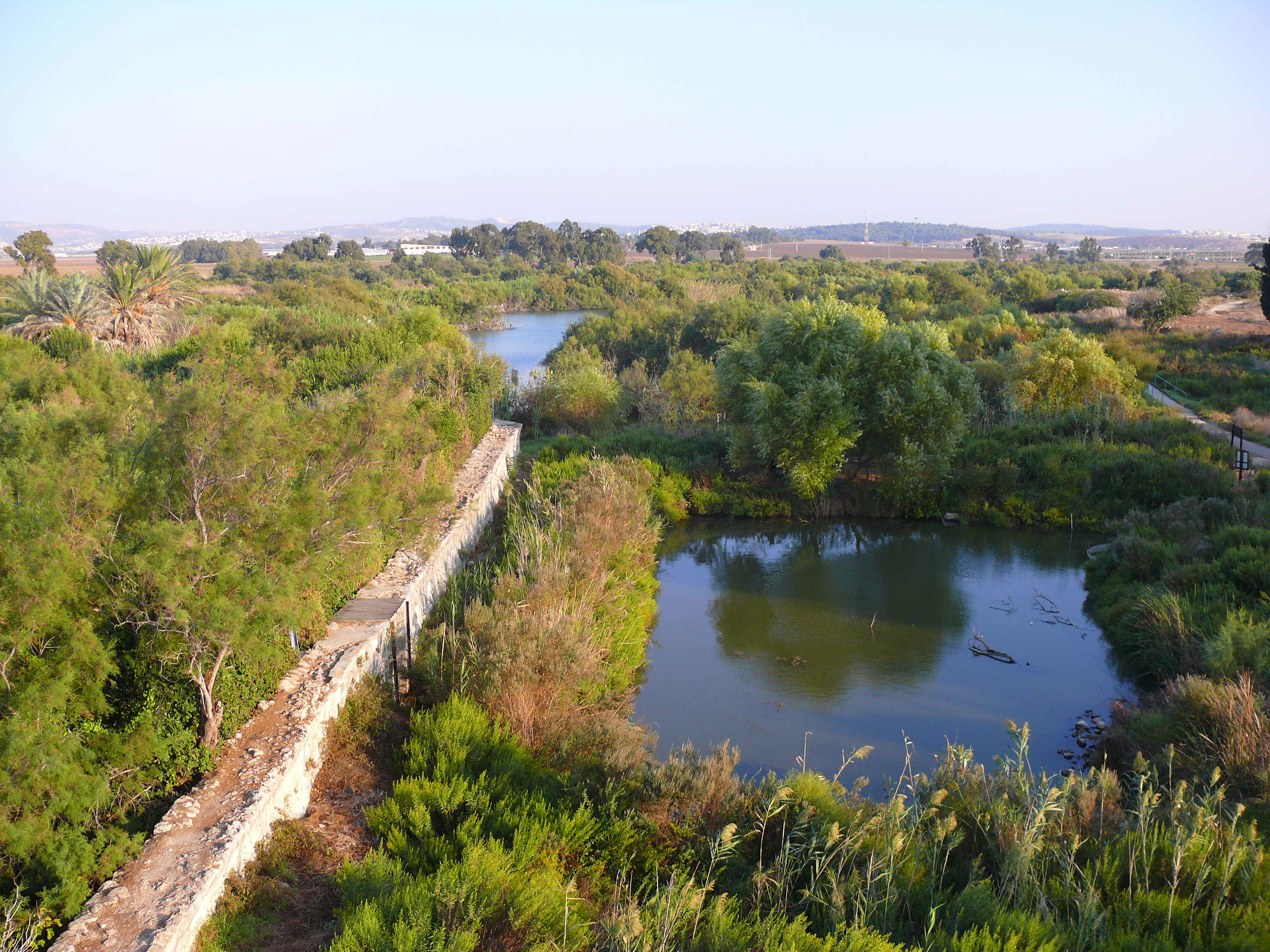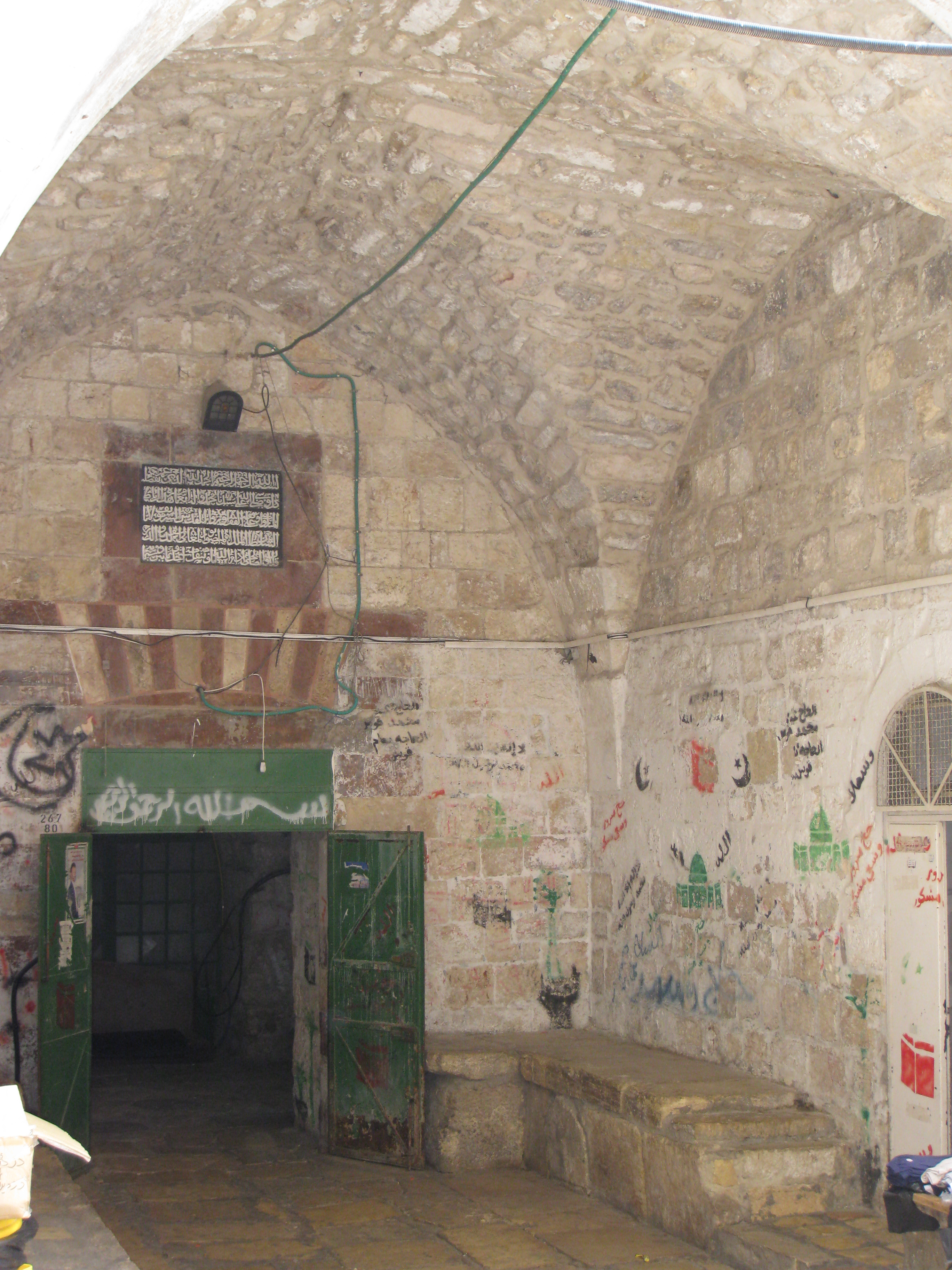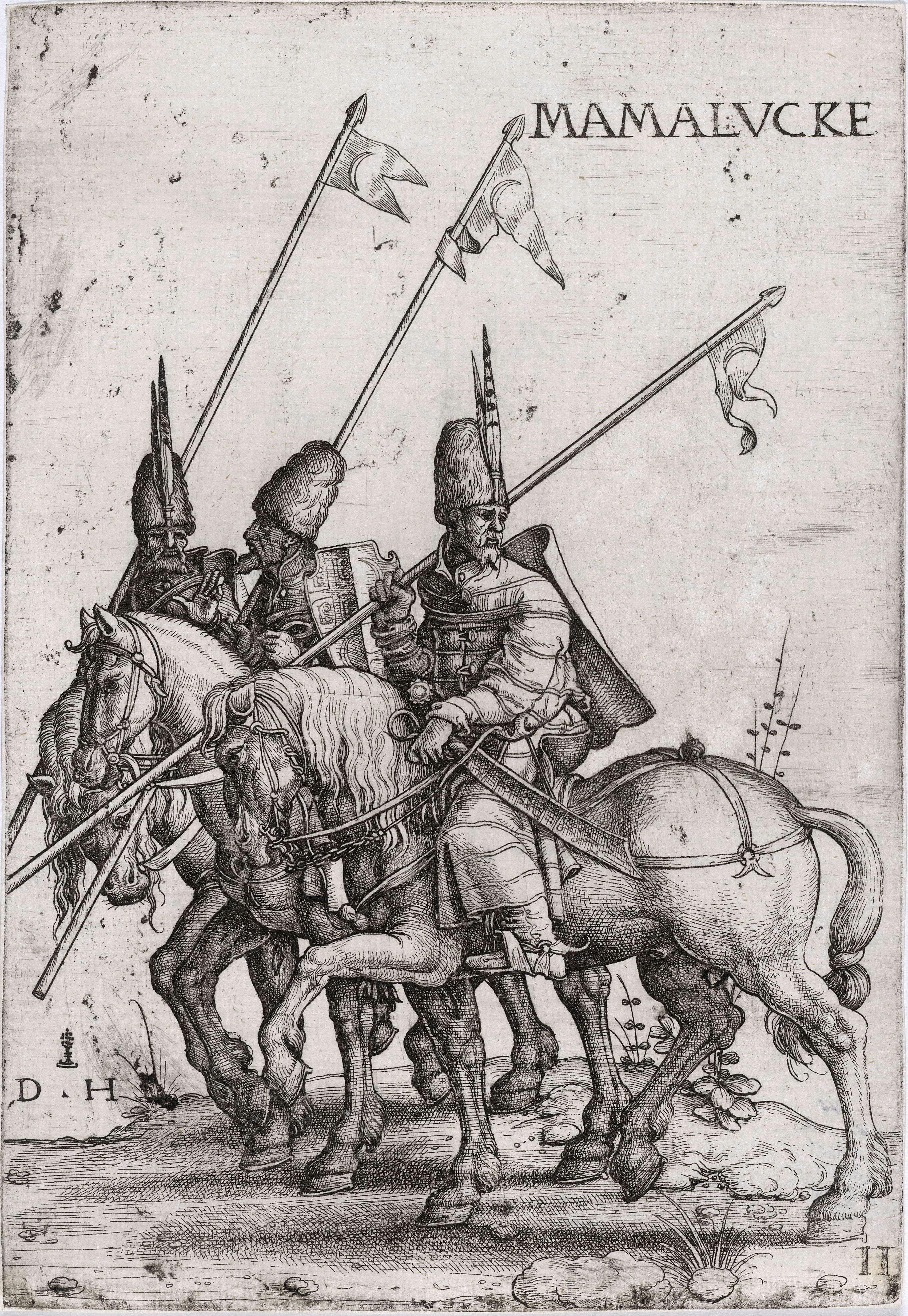|
Tel Afek
Tel Afek, ( he, תל אפק), also spelled Aphek and Afeq, is an archaeological site located in the coastal hinterland of the Ein Afek Nature Reserve, east of Kiryat Bialik, Israel. It is also known as Tel Kurdani. History Antiquity The site is what remains of the biblical town of Aphik, which is mentioned in the and as belonging to the Tribe of Asher. According to Biblical history, this area was part of Cabul and was given to Hiram I by Solomon as a reward for various services rendered to him in building the First Temple. . The site has remains dating back to the Chalcolithic age. Tombs from the Middle Bronze Age and Late Bronze Ages have been excavated here.Porat, 2010, Tel Afeq (East)/ref> Pottery from the Persian,Abu Raya and Porat, 2012, Tel Afeq (Northeast)/ref> Hellenistic Roman, and the Byzantine eras have been found here. A number of burial caves cut into chalk-like bedrock are dated to Middle Bronze Age IIA and are believed to have been reus ... [...More Info...] [...Related Items...] OR: [Wikipedia] [Google] [Baidu] |
Rosh HaAyin
Rosh HaAyin ( he, רֹאשׁ הָעַיִן, lit="fountainhead", , ar, روش هاعين) is a city in the Central District of Israel. To the west of Rosh HaAyin is the fortress of Antipatris and the source of the Yarkon River. To the southeast is the fortress of Migdal Afek (Migdal Tzedek). In , it had a population of . History Rosh HaAyin is named after its location at the source of the Yarkon River (''rosh'' = head, ''ayin'' = fountain, spring). The location, and the ottoman Fort that had existed on the site since the 16th century, has historically been referred to as Ras Al-Ayn ( ar, رأس العين, same meaning as the Hebrew name). There was a Palestinian Arab village with the same in the location, which was abandoned in 1920s. Rosh HaAyin was founded in the 1949 near the site of ancient Antipatris and the Ottoman fortress of Ras Al-Ayn and on the land of the depopulated Palestinian village of Majdal Yaba; about 1km north of the village site. Many of the early res ... [...More Info...] [...Related Items...] OR: [Wikipedia] [Google] [Baidu] |
Bronze Age
The Bronze Age is a historic period, lasting approximately from 3300 BC to 1200 BC, characterized by the use of bronze, the presence of writing in some areas, and other early features of urban civilization. The Bronze Age is the second principal period of the three-age system proposed in 1836 by Christian Jürgensen Thomsen for classifying and studying ancient societies and history. An ancient civilization is deemed to be part of the Bronze Age because it either produced bronze by smelting its own copper and alloying it with tin, arsenic, or other metals, or traded other items for bronze from production areas elsewhere. Bronze is harder and more durable than the other metals available at the time, allowing Bronze Age civilizations to gain a technological advantage. While terrestrial iron is naturally abundant, the higher temperature required for smelting, , in addition to the greater difficulty of working with the metal, placed it out of reach of common use until th ... [...More Info...] [...Related Items...] OR: [Wikipedia] [Google] [Baidu] |
Ahmad Al-Qalqashandi
Shihāb al-Dīn Abū 'l-Abbās Aḥmad ibn ‘Alī ibn Aḥmad ‘Abd Allāh al-Fazārī al-Shāfiʿī better known by the epithet al-Qalqashandī ( ar, شهاب الدين أحمد بن علي بن أحمد القلقشندي; 1355 or 1356 – 1418), was a medieval Egyptian encyclopedist, polymath and mathematician. A native of the Nile Delta, he became a Scribe of the Scroll (''Katib al-Darj''), or clerk of the Mamluk chancery in Cairo, Egypt. His magnum opus is the voluminous administrative encyclopedia ''Ṣubḥ al-Aʿshá''. ''Ṣubḥ al-aʿshā'' ''Ṣubḥ al-Aʿshá fī Ṣināʿat al-Inshāʾ'' ('The Dawn of the Blind' or 'Daybreak for the Night-Blind regarding the Composition of Chancery Documents'); a fourteen-volume encyclopedia completed in 1412, is an administrative manual on geography, political history, natural history, zoology, mineralogy, cosmography, and time measurement. Based on the ''Masālik al-abṣār fī mamālik al-amṣar'' of Shihab al-Umari, ... [...More Info...] [...Related Items...] OR: [Wikipedia] [Google] [Baidu] |
Qalawun
( ar, قلاوون الصالحي, – November 10, 1290) was the seventh Bahri Mamluk sultan; he ruled Egypt from 1279 to 1290. He was called (, "Qalāwūn the Victorious"). Biography and rise to power Qalawun was a Kipchak, ancient Turkic people that have since been absorbed into modern Kazakh people, from the Burj Oghlu tribe, who became a mamluk (slave soldier) in the 1240s after being sold to a member of Sultan al-Kamil's household. Qalawun was known as ''al-Alfī'' ("the Thousander"), because as-Salih Ayyub bought him for a thousand dinars of gold. Qalawun initially barely spoke Arabic, but he rose in power and influence and became an emir under Sultan Baibars, whose son, al-Said Barakah, was married to Qalawun's daughter. Baibars died in 1277 and was succeeded by Barakah. In early 1279, as Barakah and Qalawun invaded the Armenian Kingdom of Cilicia, there was a revolt in Egypt that forced Barakah to abdicate upon his return home. He was succeeded by his brother Sola ... [...More Info...] [...Related Items...] OR: [Wikipedia] [Google] [Baidu] |
Mamluk
Mamluk ( ar, مملوك, mamlūk (singular), , ''mamālīk'' (plural), translated as "one who is owned", meaning "slave", also transliterated as ''Mameluke'', ''mamluq'', ''mamluke'', ''mameluk'', ''mameluke'', ''mamaluke'', or ''marmeluke'') is a term most commonly referring to non-Arab, ethnically diverse (mostly Southern Russian, Turkic, Caucasian, Eastern and Southeastern European) slave-soldiers and freed slaves who were assigned military and administrative duties, serving the ruling Arab dynasties in the Muslim world. The most enduring Mamluk realm was the knightly military class in Egypt in the Middle Ages, which developed from the ranks of slave-soldiers. Originally the Mamluks were slaves of Turkic origin from the Eurasian Steppe, but the institution of military slavery spread to include Circassians, Abkhazians, Georgians,"Relations of the Georgian Mamluks of Egypt with Their Homeland in the Last Decades of the Eighteenth Century". Daniel Crecelius and Gotch ... [...More Info...] [...Related Items...] OR: [Wikipedia] [Google] [Baidu] |
Acre, Israel
Acre ( ), known locally as Akko ( he, עַכּוֹ, ''ʻAkō'') or Akka ( ar, عكّا, ''ʻAkkā''), is a city in the coastal plain region of the Northern District of Israel. The city occupies an important location, sitting in a natural harbour at the extremity of Haifa Bay on the coast of the Mediterranean's Levantine Sea."Old City of Acre." , World Heritage Center. World Heritage Convention. Web. 15 Apr 2013 Aside from coastal trading, it was also an important waypoint on the region's coastal road and the road cutting inland along the Jezr ... [...More Info...] [...Related Items...] OR: [Wikipedia] [Google] [Baidu] |
Hudna
A ''hudna'' (from the Arabic meaning "calm" or "quiet") is a truce or armistice. It is sometimes translated as "cease-fire". In his medieval dictionary of classical Arabic, the '' Lisan al-Arab'', Ibn Manzur defined it as: : "''hadana'': he grew quiet. ''hadina'': he quieted (transitive or intransitive). ''haadana'': he made peace with. The noun from each of these is ''hudna''." A famous early ''hudna'' was the Treaty of Hudaybiyyah between Muhammad and the Quraysh tribe. Hudna in the Israeli–Palestinian conflict In English, the term is most frequently used in reference to a ceasefire agreement in the Israeli–Palestinian conflict, particularly one that would involve organizations such as Hamas. The concept was also proposed to reduce violence in the conflict between Israel and the Palestinians by a Queen's University Belfast Professor in the period of 1999–2003 as a result of protracted negotiations with the Hamas leadership in the Gaza Strip, West Bank and abroad in c ... [...More Info...] [...Related Items...] OR: [Wikipedia] [Google] [Baidu] |
Aqueduct (water Supply)
An aqueduct is a watercourse constructed to carry water from a source to a distribution point far away. In modern engineering, the term ''aqueduct'' is used for any system of pipes, ditches, canals, tunnels, and other structures used for this purpose. The term ''aqueduct'' also often refers specifically to a bridge carrying an artificial watercourse. Aqueducts were used in ancient Greece, ancient Egypt, and ancient Rome. The simplest aqueducts are small ditches cut into the earth. Much larger channels may be used in modern aqueducts. Aqueducts sometimes run for some or all of their path through tunnels constructed underground. Modern aqueducts may also use pipelines. Historically, agricultural societies have constructed aqueducts to irrigate crops and supply large cities with drinking water. Etymology The word ''aqueduct'' is derived from the Latin words (''water'') and (''led'' or ''guided''). Ancient aqueducts Although particularly associated with the Romans, aqueducts we ... [...More Info...] [...Related Items...] OR: [Wikipedia] [Google] [Baidu] |
Templar
, colors = White mantle with a red cross , colors_label = Attire , march = , mascot = Two knights riding a single horse , equipment = , equipment_label = , battles = The Crusades, including: , anniversaries = , decorations = , battle_honours = , commander1 = Hugues de Payens , commander1_label = First Grand Master , commander2 = Jacques de Molay , commander2_label = Last Grand Master , commander3 = , commander3_label = , notable_commanders = The Poor Fellow-Soldiers of Christ and of the Temple of Solomon ( la, Pauperes commilitones Christi Templique Salomonici), also known as the Order of Solomon's Temple, the Knights Templar, or simply the Templars, was ... [...More Info...] [...Related Items...] OR: [Wikipedia] [Google] [Baidu] |
Hospitalliers
The Order of Knights of the Hospital of Saint John of Jerusalem ( la, Ordo Fratrum Hospitalis Sancti Ioannis Hierosolymitani), commonly known as the Knights Hospitaller (), was a medieval and early modern Catholic military order. It was headquartered in the Kingdom of Jerusalem until 1291, on the island of Rhodes from 1310 until 1522, in Malta from 1530 until 1798 and at Saint Petersburg from 1799 until 1801. Today several organizations continue the Hospitaller tradition, specifically the mutually recognized orders of St. John, which are the Sovereign Military Order of Malta, the Most Venerable Order of the Hospital of Saint John, the Bailiwick of Brandenburg of the Chivalric Order of Saint John, the Order of Saint John in the Netherlands, and the Order of Saint John in Sweden. The Hospitallers arose in the early 12th century, during the time of the Cluniac movement (a Benedictine Reform movement). Early in the 11th century, merchants from Amalfi founded a hospital in ... [...More Info...] [...Related Items...] OR: [Wikipedia] [Google] [Baidu] |
Crusader States
The Crusader States, also known as Outremer, were four Catholic realms in the Middle East that lasted from 1098 to 1291. These feudal polities were created by the Latin Catholic leaders of the First Crusade through conquest and political intrigue. The four states were the County of Edessa (10981150), the Principality of Antioch (10981287), the County of Tripoli (11021289), and the Kingdom of Jerusalem (10991291). The Kingdom of Jerusalem covered what is now Israel and Palestine, the West Bank, the Gaza Strip, and adjacent areas. The other northern states covered what are now Syria, south-eastern Turkey, and Lebanon. The description "Crusader states" can be misleading, as from 1130 very few of the Frankish population were crusaders. The term Outremer, used by medieval and modern writers as a synonym, is derived from the French for ''overseas''. In 1098, the armed pilgrimage to Jerusalem passed through Syria. The crusader Baldwin of Boulogne replaced the Greek Orthodox ... [...More Info...] [...Related Items...] OR: [Wikipedia] [Google] [Baidu] |
Byzantine Empire
The Byzantine Empire, also referred to as the Eastern Roman Empire or Byzantium, was the continuation of the Roman Empire primarily in its eastern provinces during Late Antiquity and the Middle Ages, when its capital city was Constantinople. It survived the fragmentation and fall of the Western Roman Empire in the 5th century AD and continued to exist for an additional thousand years until the fall of Constantinople to the Ottoman Empire in 1453. During most of its existence, the empire remained the most powerful economic, cultural, and military force in Europe. The terms "Byzantine Empire" and "Eastern Roman Empire" were coined after the end of the realm; its citizens continued to refer to their empire as the Roman Empire, and to themselves as Romans—a term which Greeks continued to use for themselves into Ottoman times. Although the Roman state continued and its traditions were maintained, modern historians prefer to differentiate the Byzantine Empire from Ancient ... [...More Info...] [...Related Items...] OR: [Wikipedia] [Google] [Baidu] |






